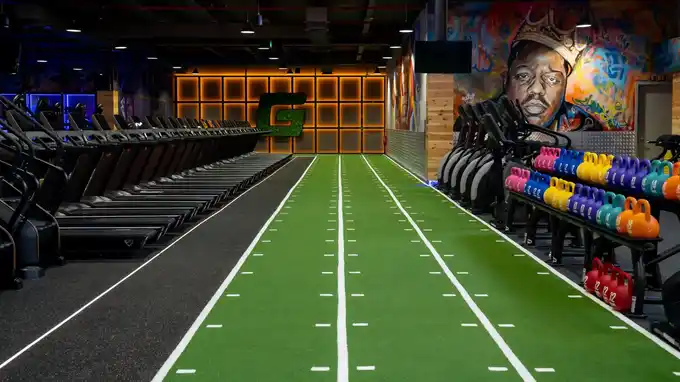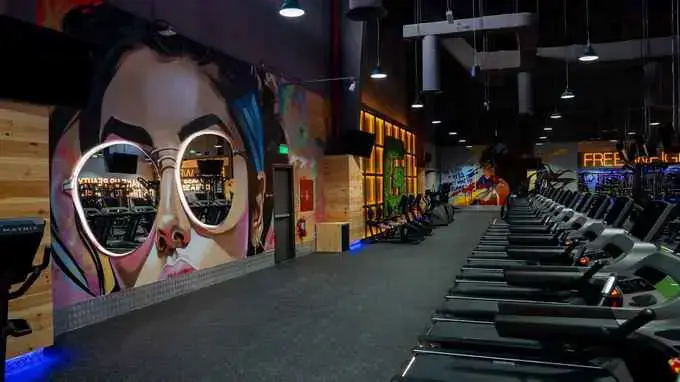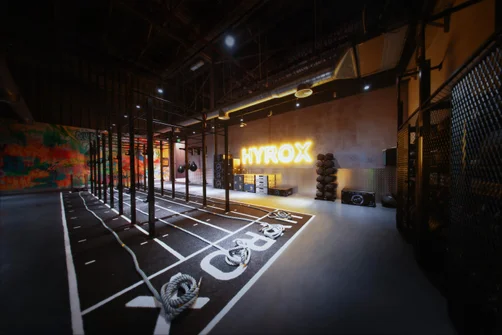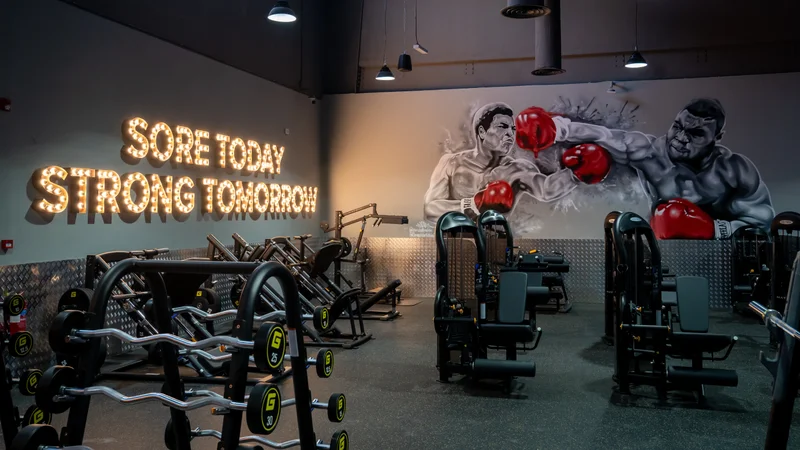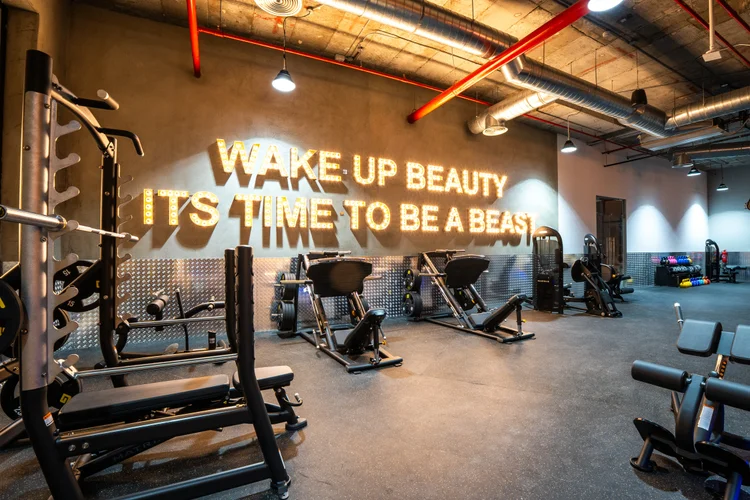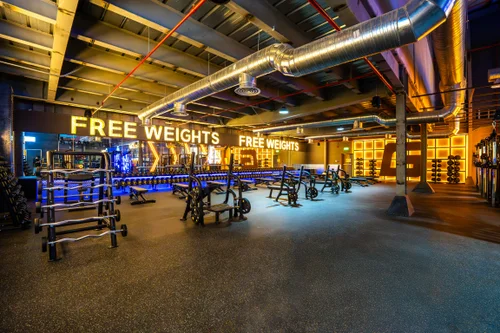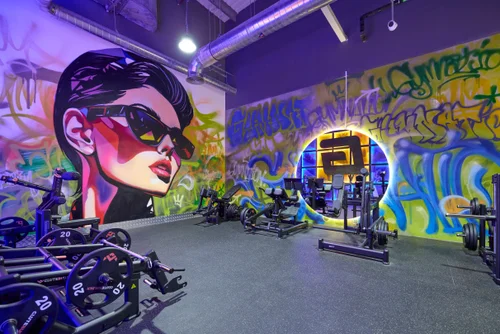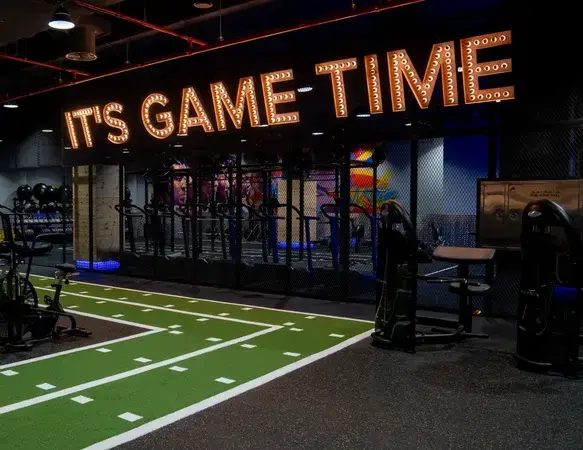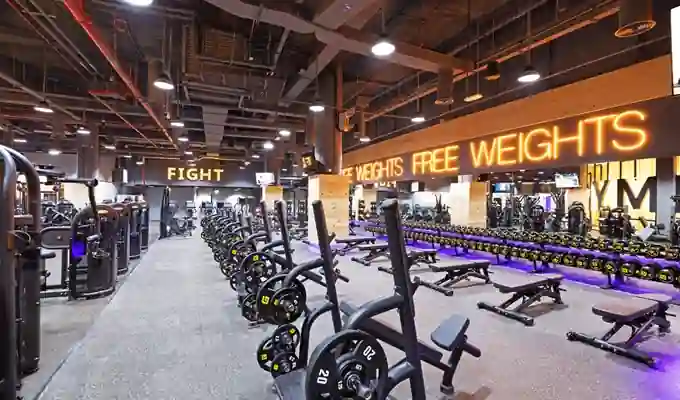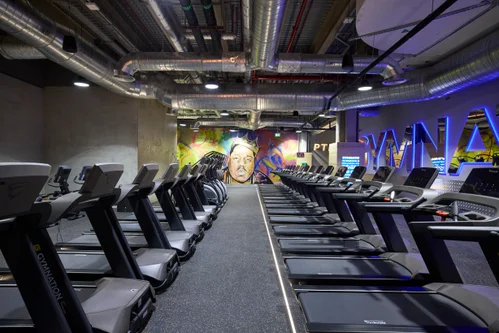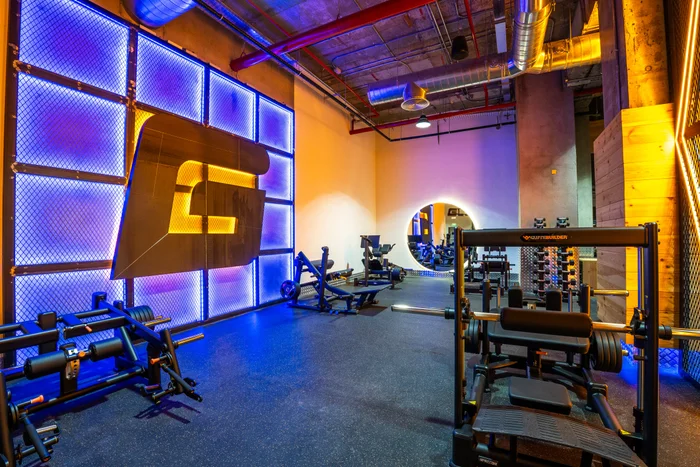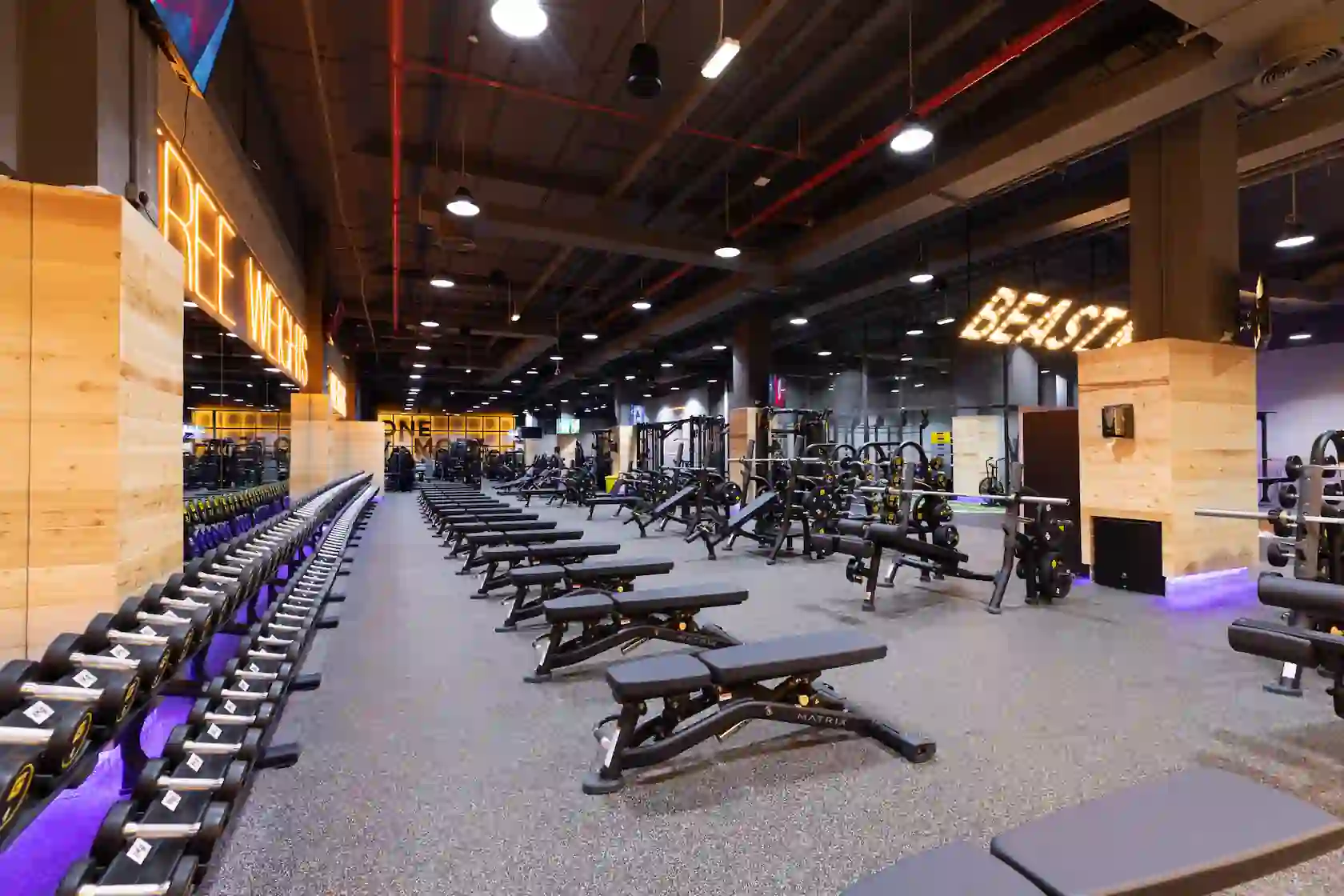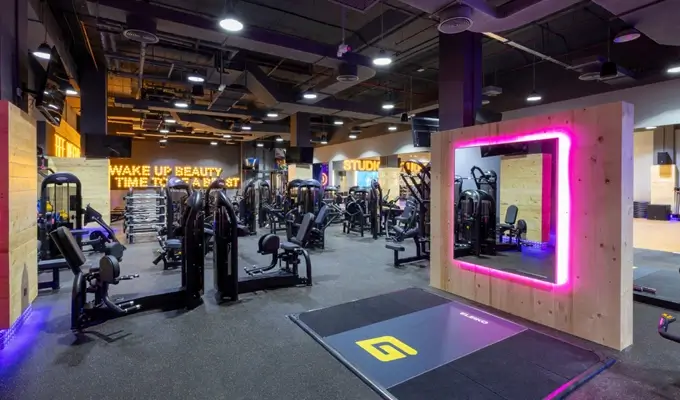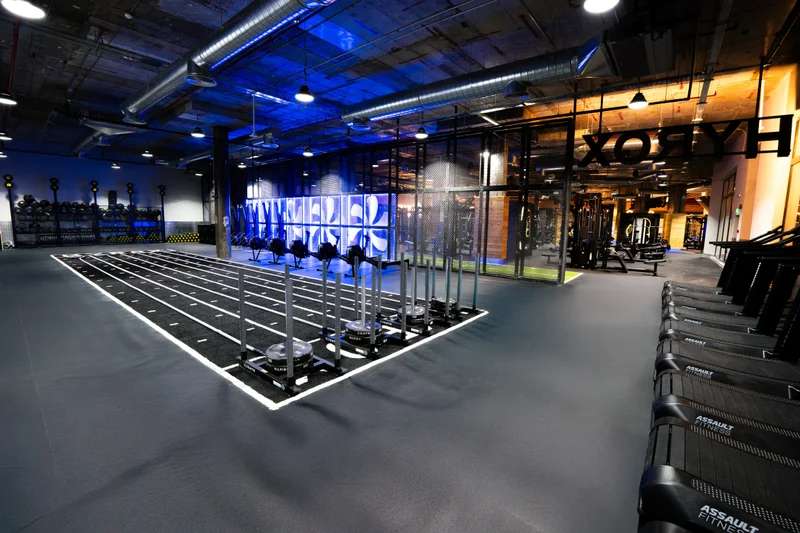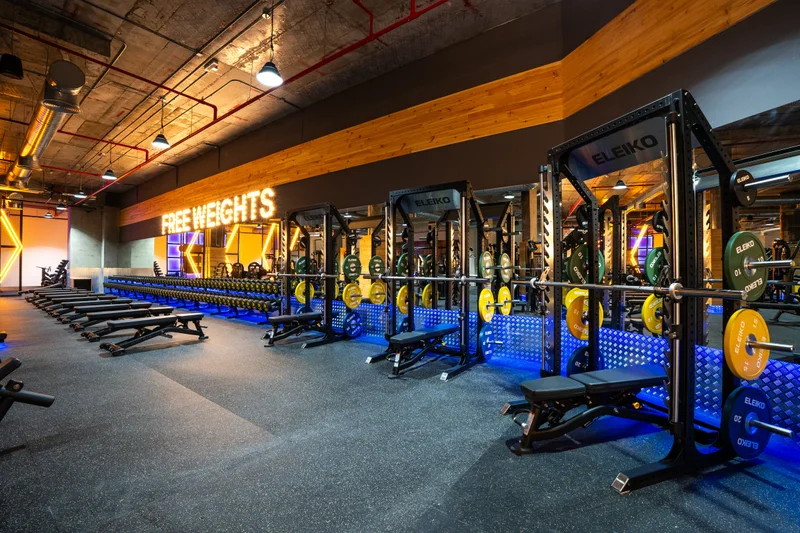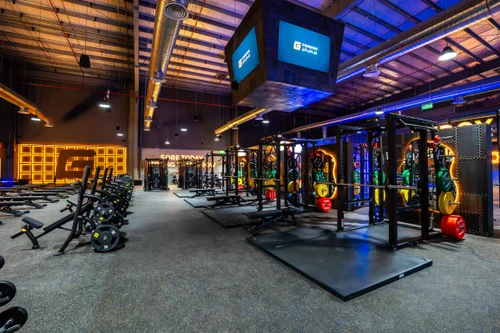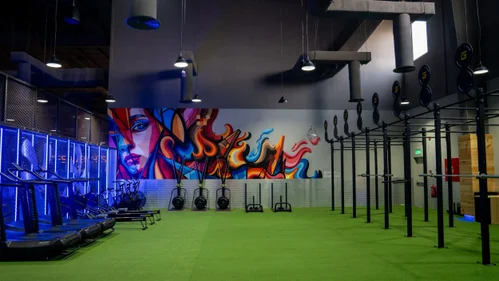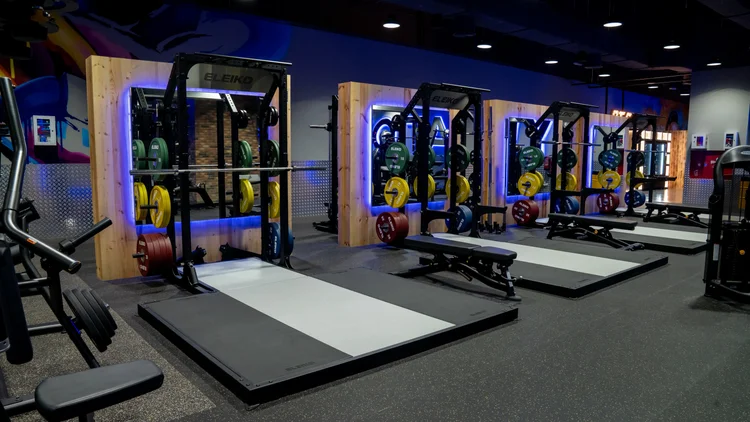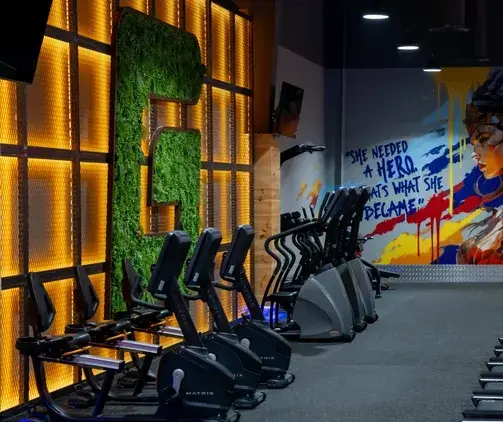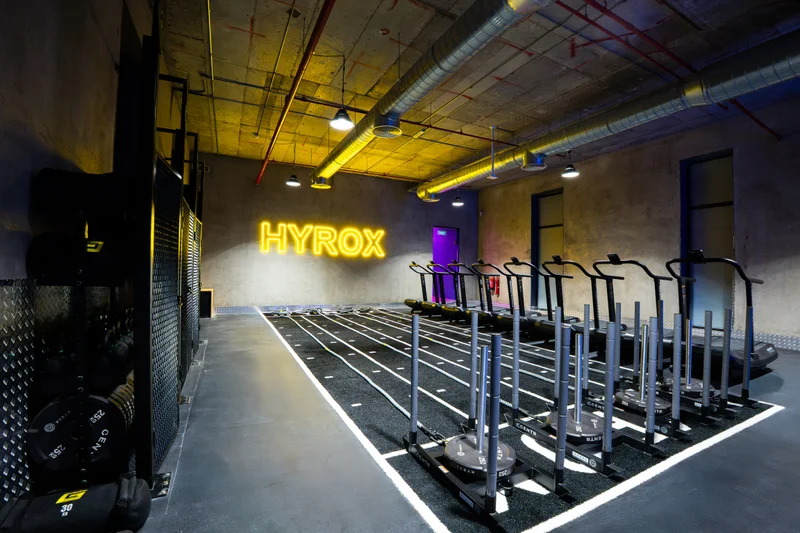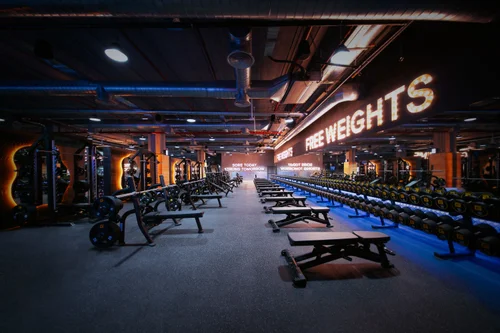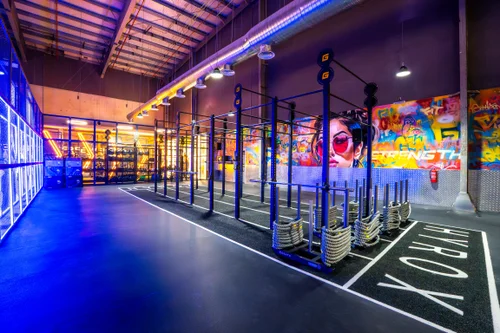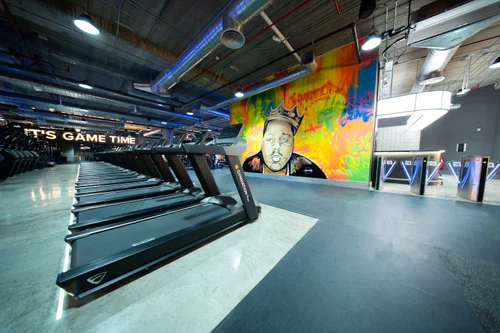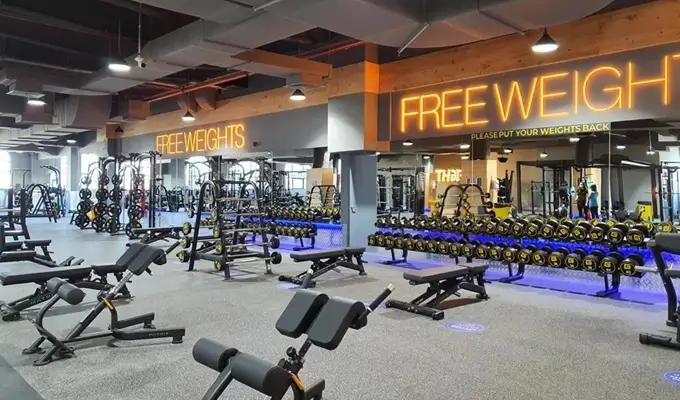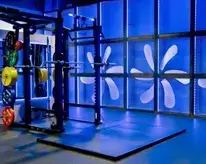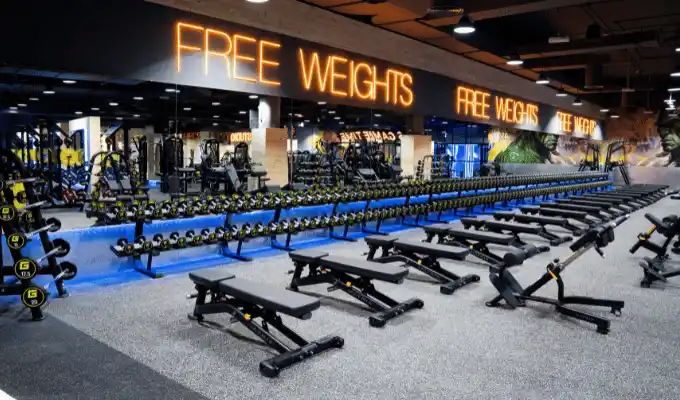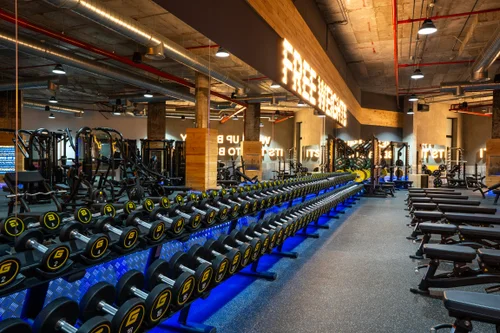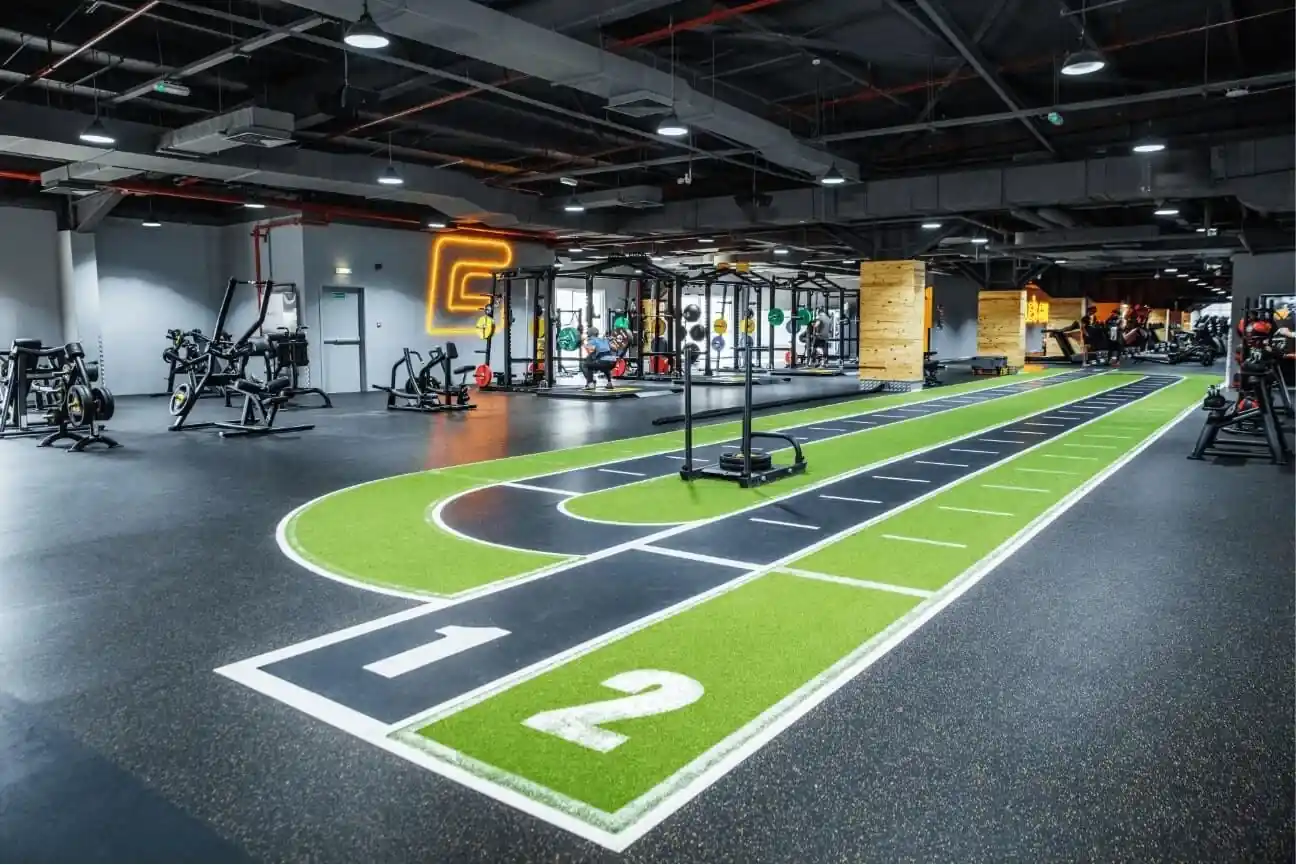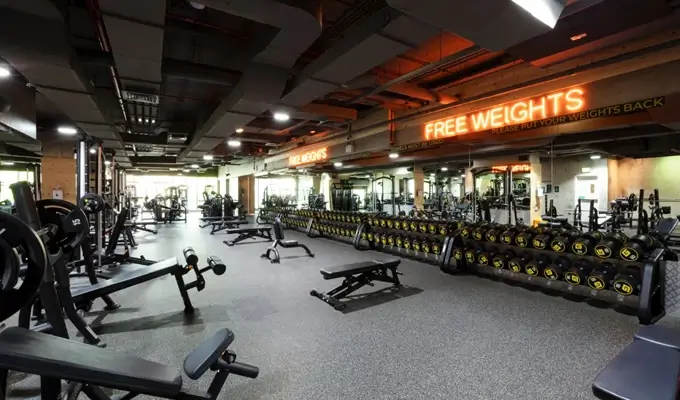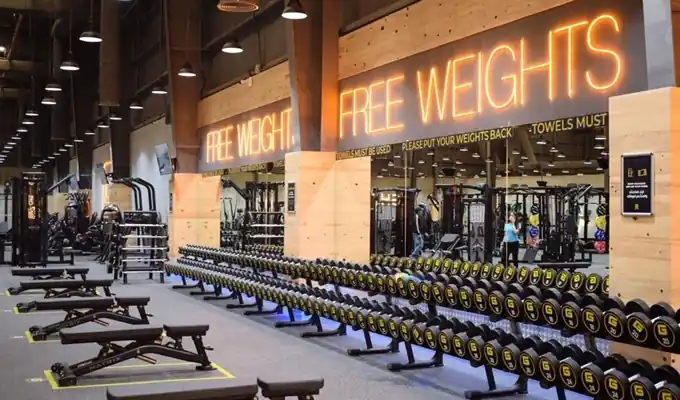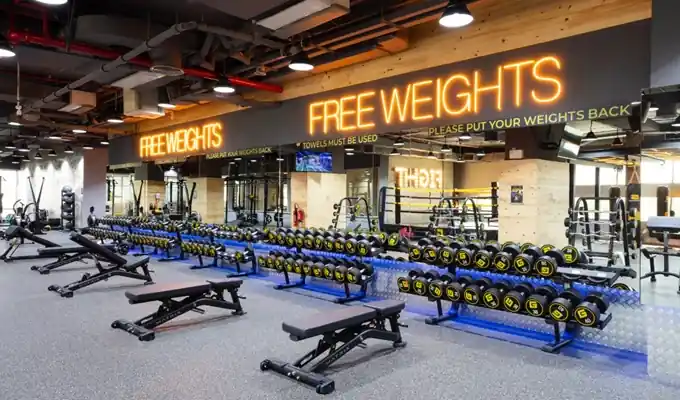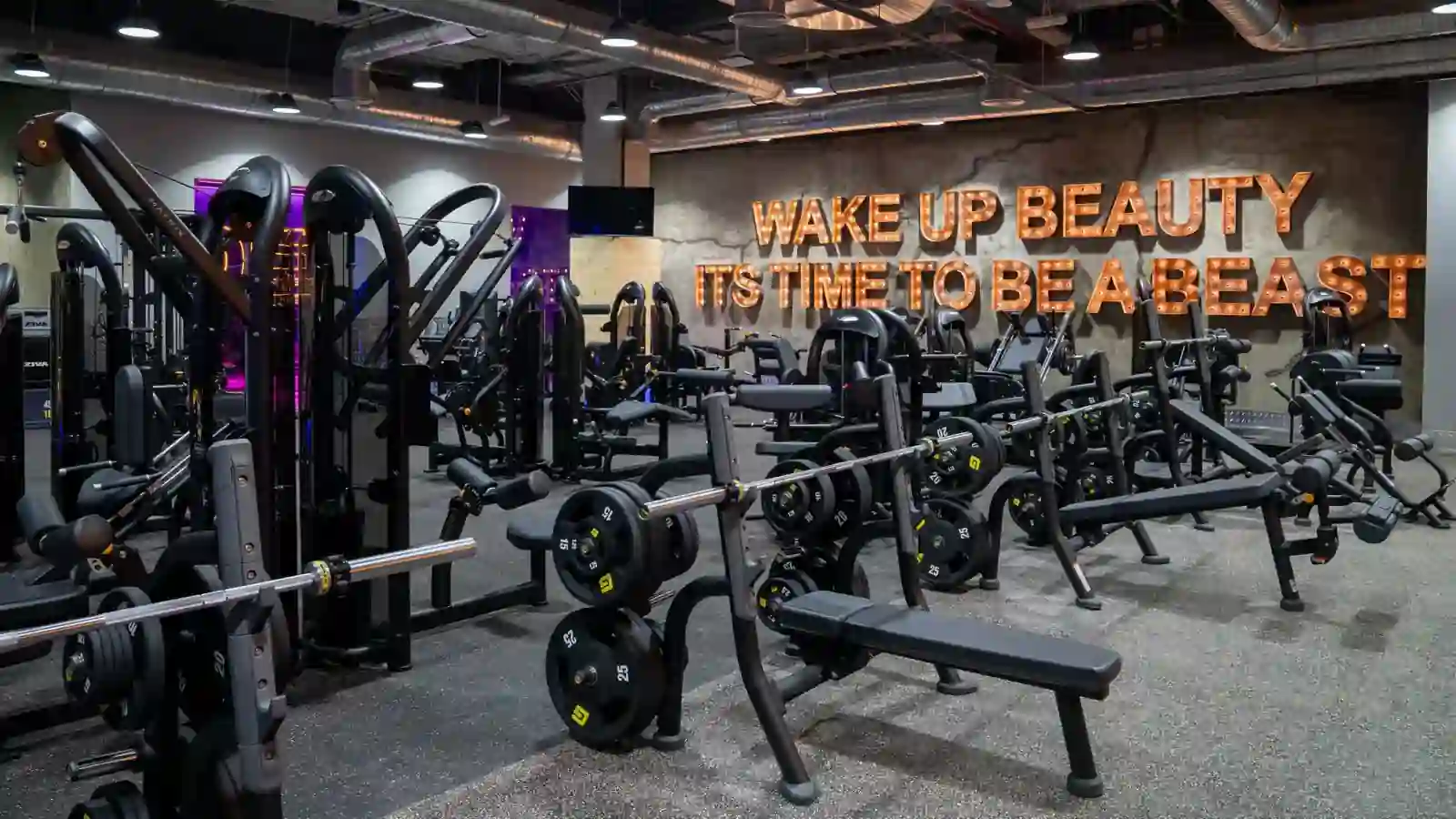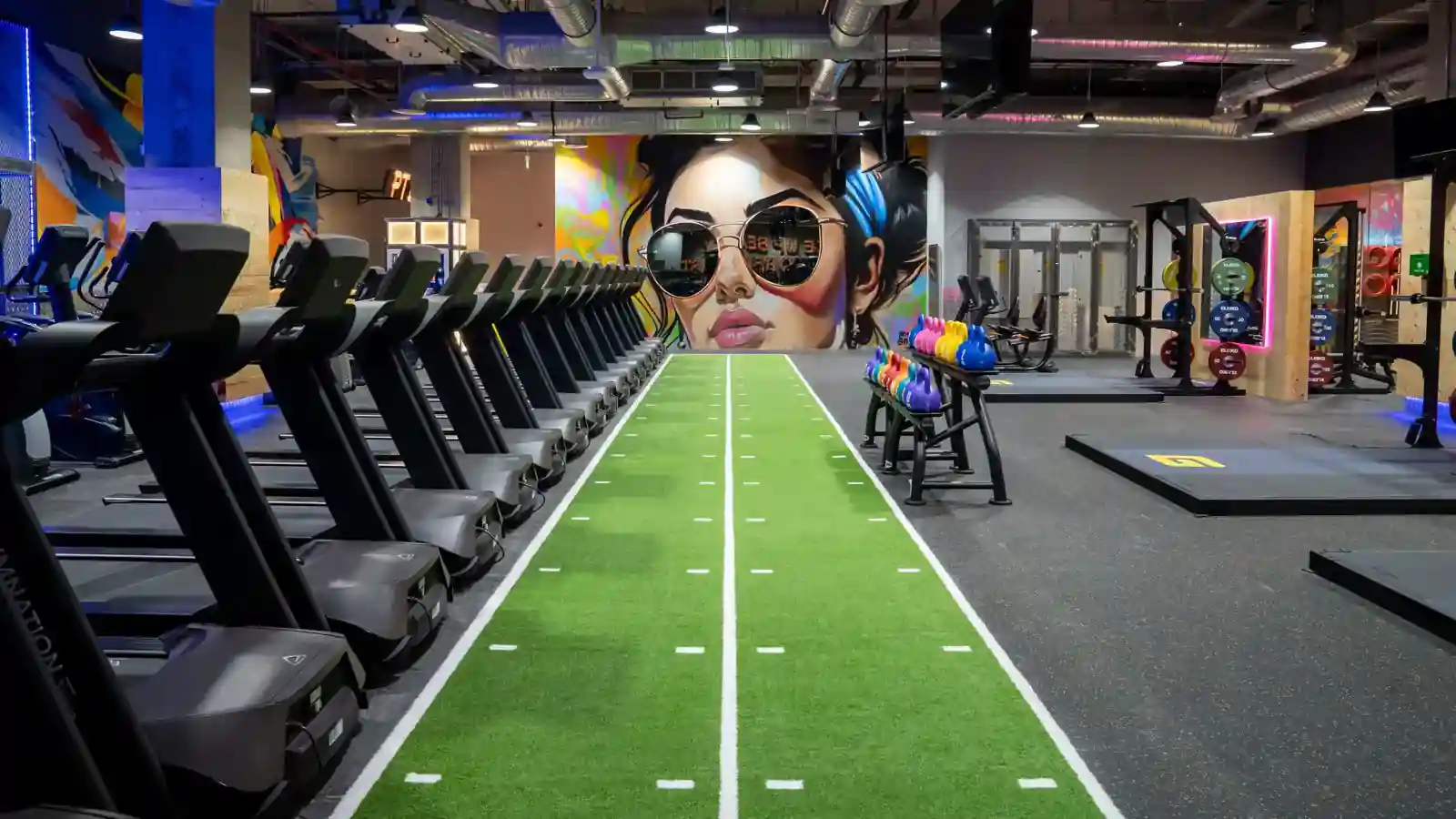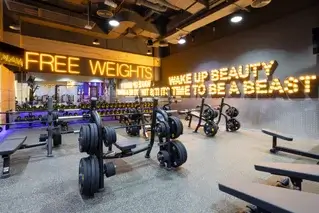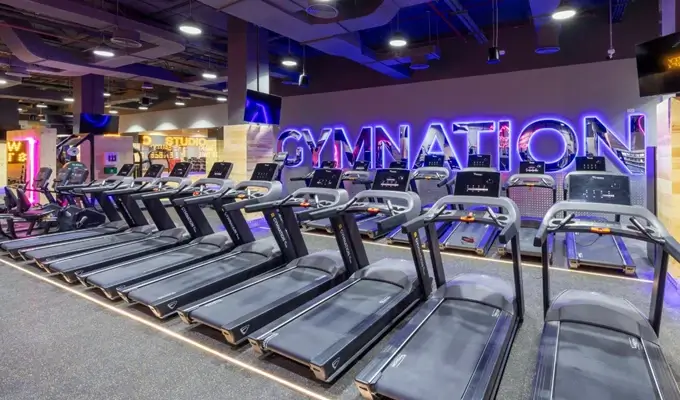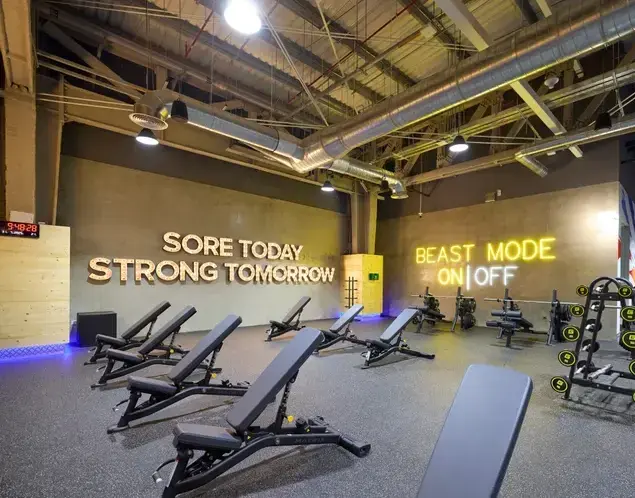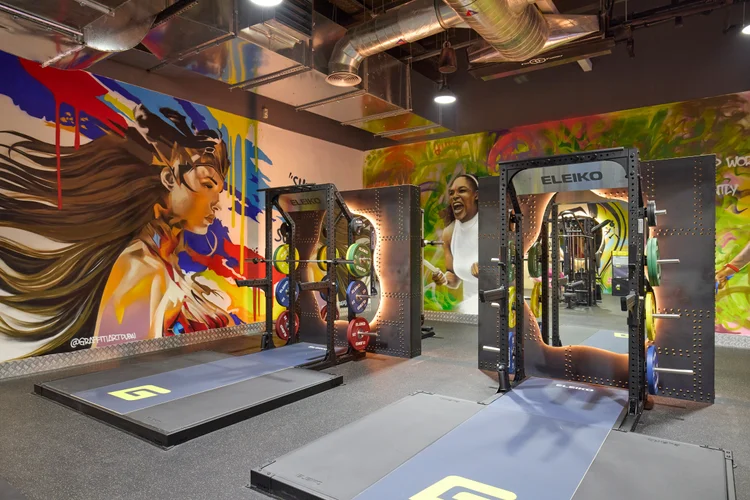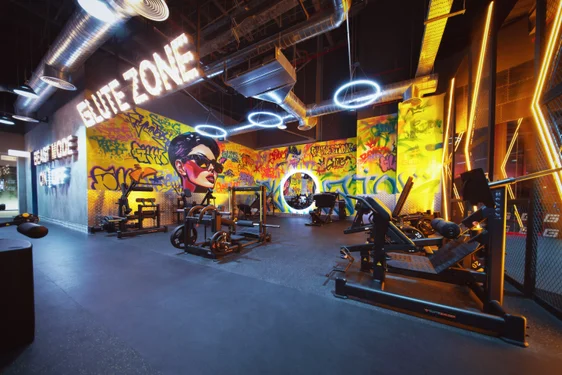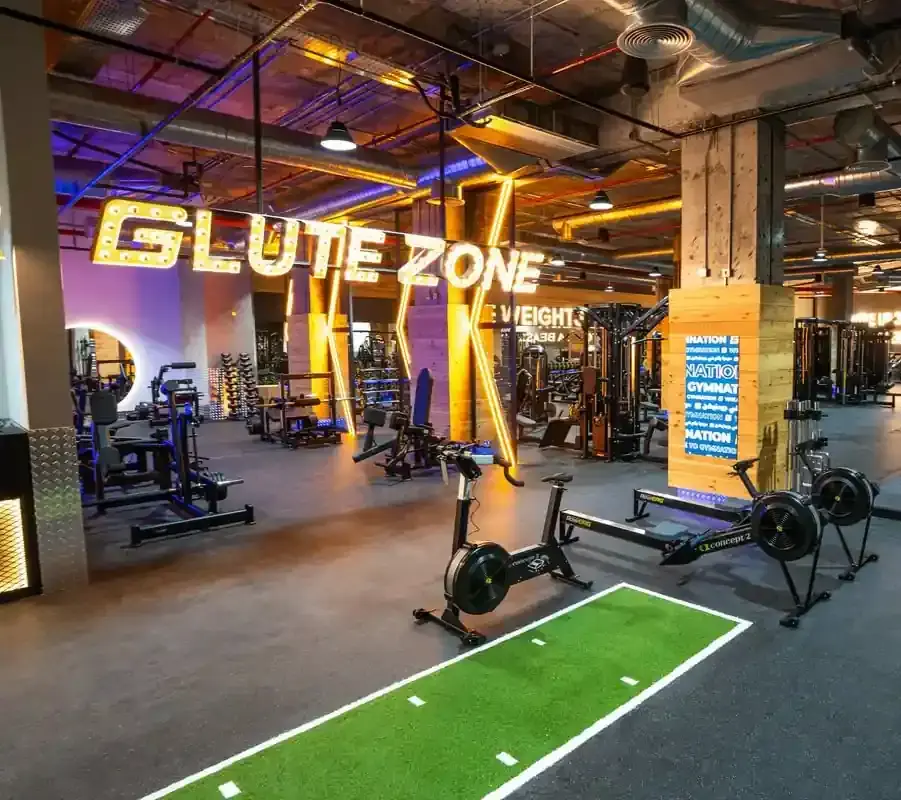Building a Body Like Ben Shephard at 50

SIGN UP FOR YOUR FREE DAY PASS TODAY!
Achieving a body like Ben Shephard’s doesn’t happen by chance. Our June cover star has consistently put in the effort, and the results are clear.
Fifty days before turning 50, the TV presenter challenged himself to hit peak fitness on every level—physically, mentally, and emotionally.
His mission was to match the shape he was in when he graced the Men’s Health cover in 2012.
While gaining lean muscle at 50 proved to be more demanding compared to when he was 37, Shephard remained optimistic.
“I knew that if I invested the time, the rewards would be incredible,” he reflects. And his results speak for themselves.
READ: 90-Year-Old: 10K Steps & 30 Squats
The Blueprint of Ben’s Success
Ben Shephard’s long-time trainer, Steve Coleman, has worked with him for over a decade. Their secret? “Consistency, balance, and a good dose of banter,” Coleman shares.
Their training primarily focuses on heavy, progressive resistance exercises. This includes compound lifts and isolation movements that enhance strength and promote muscle growth.
Techniques such as eccentric loading, which emphasizes the lengthening phase of a movement, and drop sets, where an exercise is performed to failure before reducing weight and continuing, are key components of Shephard's program.
How You Can Train Like Ben
You don’t need to fully understand these advanced techniques to benefit from the plan. Coleman has designed an easy-to-follow six-week program inspired by his work with Shephard.
It includes training five days a week with two rest days, providing clear instructions for every workout.
Access to a well-equipped gym is ideal for this program. However, even two or three workouts per week can help you increase strength and improve fitness, even if you adapt the plan to your schedule.
Take on the challenge, and see what progress you can make.
READ MORE: Rediscover Fitness After 50
Source: menshealth
The opinions shared in the GymNation blog articles are solely those of the respective authors and may not represent the perspectives of GymNation or any member of the GymNation team.
GET YOUR FREE TRIAL TODAY




















